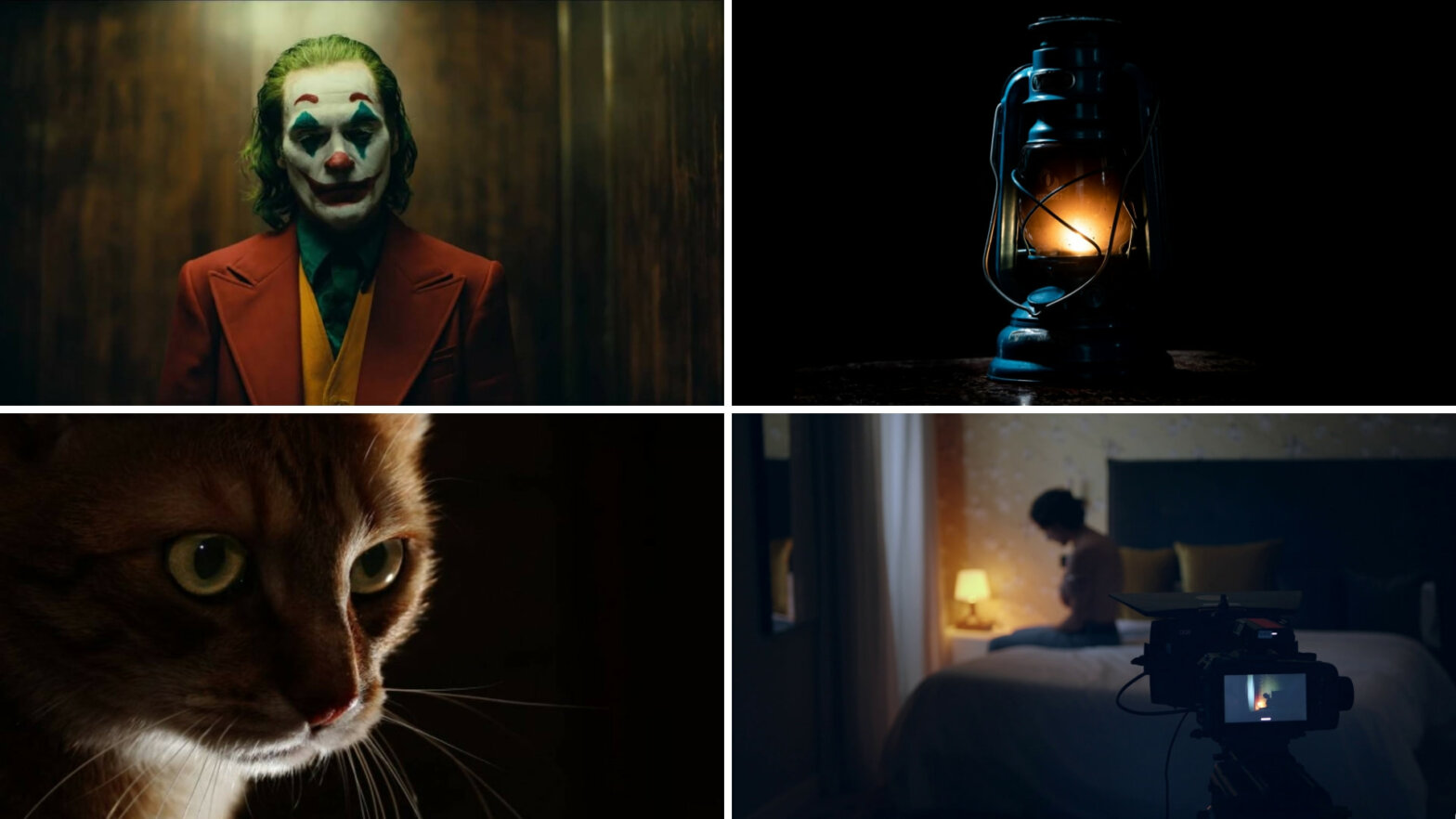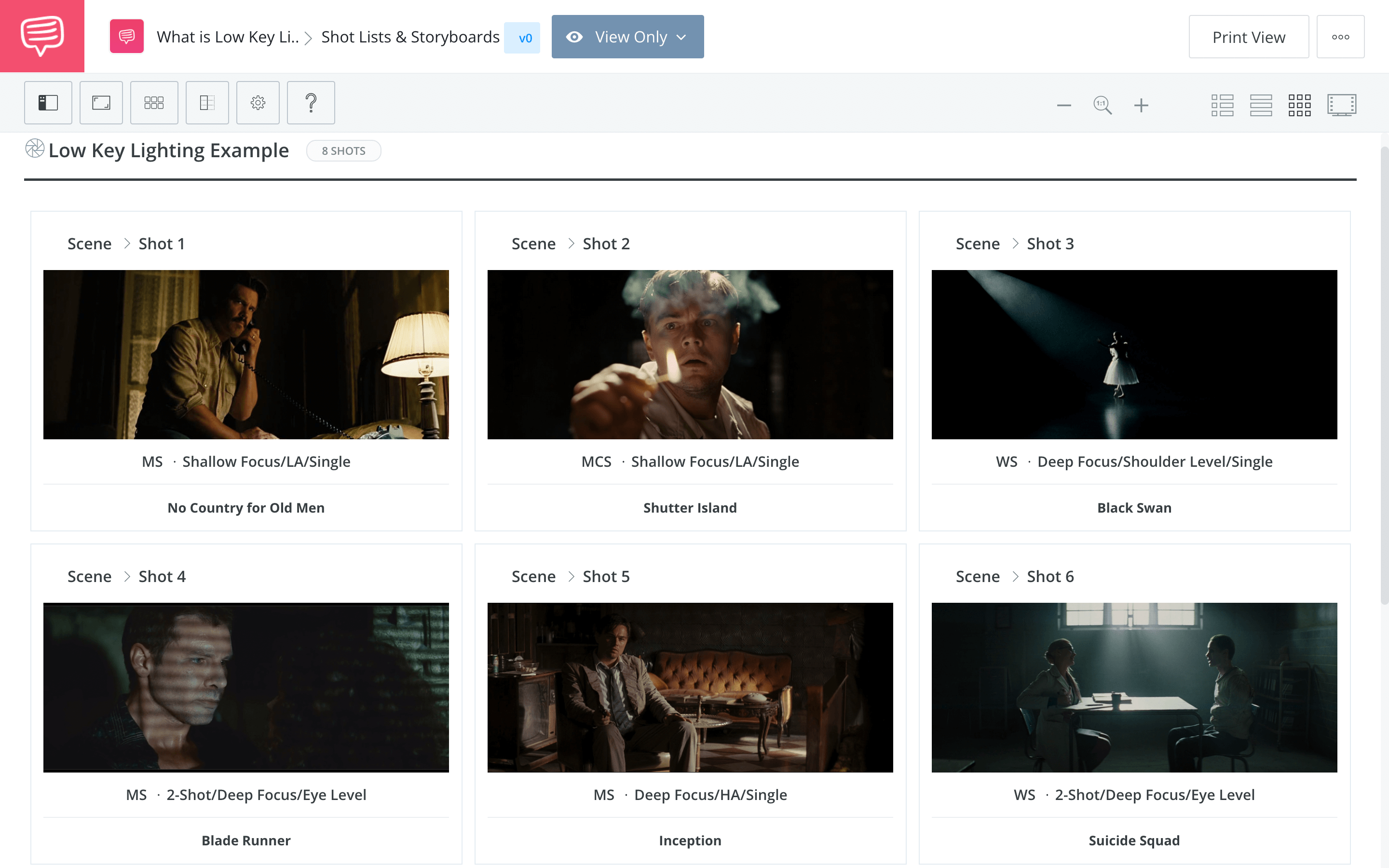Low-key lighting can be found in some of the earliest and most influential films in cinema. Early filmmakers utilized low-key lighting in black and white cinematography to tell compelling stories that pushed the art form. Even as film developed and color was introduced to motion pictures, low-key lighting evolved and has influenced the works of some of today’s most prominent cinematographers. Why has low-key lighting been an influence for so long in cinema? How has it evolved past its use in black and white? How can you use it to elevate your next film? Let’s dig in.
What is low key lighting
First, let’s define low key lighting
Before jumping into the effects and examples, it is fundamental to define low-key lighting first. The low-key lighting definition is key to understanding how the visual aesthetic of the lighting style is achieved.
There is a direct relationship between the definition and how it makes an audience feel.
LOW-KEY LIGHTING DEFINITION
What is low-key lighting
Low-key lighting is a type of lighting style used in photography, film, and television that accentuates shadows, high contrast, and dark tones. The visual aesthetic of low-key lighting is usually achieved by using hard sources or key lights with minimal to no fill light. Low-key lighting is often used in thrillers, dramas, and horror films because of the mysterious, dark, and dramatic mood the style creates.
What is low key lighting in film used for?
- High contrast
- Harsh shadows
- Deep dark tones
- Minimal highlights and midtones
- Ominous or dramatic mood
Low key lighting film noir
The Chiaroscuro Effect
Although this lighting specifically pertains to photography and film, the elements of low-key lighting can be found in the art world as far back as the Renaissance through the chiaroscuro effect.
Chiaroscuro is the use of high contrast between light and dark which can be found in various mediums from paintings to photography to film.
Chiaroscuro Lighting • Subscribe on YouTube
Artists such as Rembrandt developed the technique in their paintings which have gone on to influence cinematographers and different techniques in filmmaking such as Rembrandt lighting.
As film evolved in the '40s and '50s, this lighting became a defining element of Film Noir. The black and white cinematography of film noir utilized this type of lighting to enhance the dramatic and mysterious tones of the genre’s films.
This video by Now You See It breaks down how the black and white low-key cinematography of film noir enhances the films’ storytelling.
What is low key lighting in film • Film Noir
Note how the shots covered in the video utilize shadows, contrasts, and dark tones. All of these are characteristics of this lighting. What is low key lighting evolved into as film continued to evolve into the era of color?
The low-key lighting style that helped define film noir continued to influence future filmmakers not only because of how this lighting looks, but because of how it feels.
Low key lighting effect
Purpose of low key lighting
Just as film noir utilized this high contrast lighting to enhance the mysteriousness of a scene or film, cinematographers recently have used it to accentuate the drama of a story. The harsh shadows and deep dark tones of low-key lighting can be found in thrillers, dramas, and horror films.
We brought in some of our favorite stills into StudioBinder’s storyboard creator to analyze the effects and purpose of this lighting. Note that whether you have seen the film or not, there is a lot of information on the tone of the film solely based on the lighting style of the shot.
Low key lighting examples
Even though many of the shots have different frames, color temperatures, angles, and even genres, all utilize this technique to enhance the mood of each scene. Contrary to the airy and cheerful mood of high-key lighting, low-key lighting brings out the more serious tone of a film.
Whether that film is scary, suspenseful, mysterious, dark, or dramatic, this type of lighting underscores that serious tone. If your story has a more dramatic tone and calls for a low-key light setup, here are a few tips to execute the style.
What is low key lighting made from?
How to achieve low-key lighting
This lighting style heavily relies on controlling your key light and limiting your ambient light. Oftentimes, cinematographers and gaffers only use a strong key light to create harsh shadows with minimal fill or ambient light. This results in more shadows and dark tones.
However, this can lead to a very flat image depending on your shot. Cinematographers will often try to include a little bit of fill light to create dimension and depth.
This fill light is highly out powered by the key light with a typical light ratio of 8:1 favoring the key light. Check out this video that does in depth into more tips and steps to a low-key lighting setup.
How To Light Low Key Video
Shooting against dark backdrops or settings will also help you achieve a low light style. Shooting on bright or white backdrops can result in light bouncing from the wall leading to unwanted fill or ambient light. Using flags or dark material to create negative fill on your subject can help combat this issue.
Whether you have the best video lighting kit or only a few lights or even just the lamps in your house, be sure to experiment with these techniques to nail your low key lighting style.
UP NEXT
3-Point Video Lighting
Now that you have a solid understanding of low-key lighting, it is absolutely fundamental for any filmmaker to understand the 3-point video lighting method. Check out our next article in which we dive deeper into the method through an in depth video.
Up Next: 3-Point Video Lighting →
Showcase your vision with elegant shot lists and storyboards.
Create robust and customizable shot lists. Upload images to make storyboards and slideshows.

